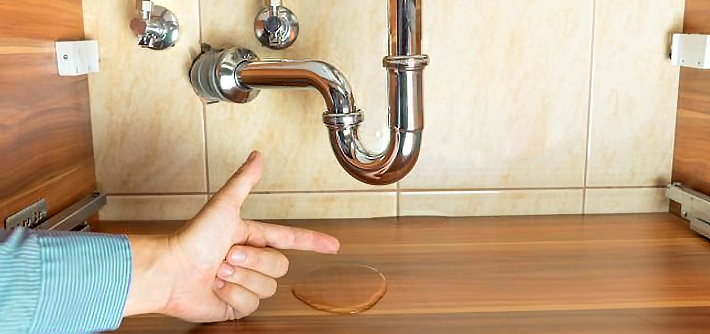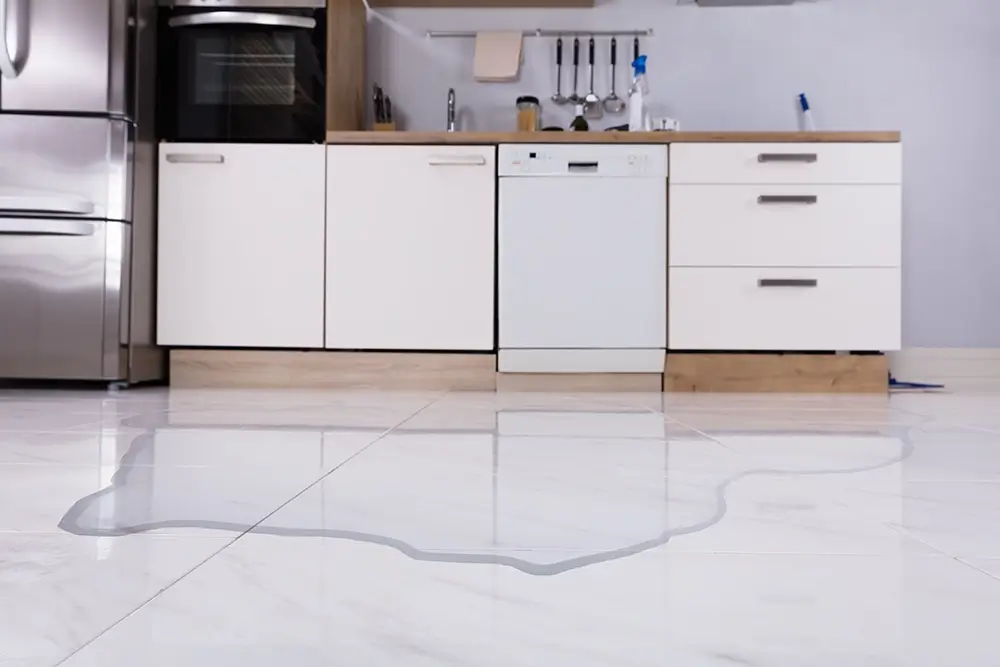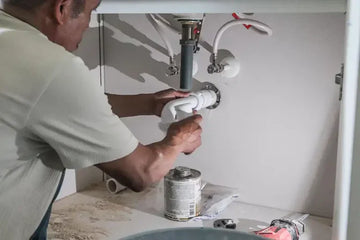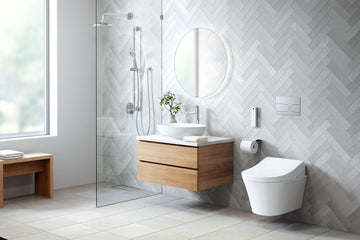In the modern age, ensuring safety and maintaining quality standards in industries is of utmost priority. One pivotal component that has been gaining attention within Industry QA is the peace of mind leak sensor. This device isn't just a piece of technology; it's a commitment to preserving the integrity of your operations and safeguarding your assets against unforeseen water mishaps.
The integration of a peace of mind leak sensor into industrial setups marks a proactive approach to risk management. By detecting leaks at the earliest possible moment, industries are not only protecting their property but also avoiding costly downtimes. This sensor acts as a sentinel, constantly monitoring for any signs of leaks, and providing the reassurance every industrial operation needs.

How Peace of Mind Leak Sensors Function
The functionality of these sensors rests on advanced technology designed to detect the slightest presence of water where it shouldn't be. Typically, a leak sensor is placed in areas prone to leaks like bathrooms, boiler rooms, or areas with heavy plumbing. Once water presence is detected, the sensor triggers an alert system, notifying the concerned parties to take immediate action.
Moreover, many contemporary systems come with IoT (Internet of Things) capabilities, enabling seamless integration with smart home systems or industrial control systems. This connectivity ensures that alerts can be monitored from anywhere, even from smart devices, giving users absolute control and assurance. Discover the benefits of AI in water management for more insights on smart technology implementations.
Crucial Features of Effective Leak Sensors
While investing in a peace of mind leak sensor, it's essential to understand its critical features. Sensitivity is paramount; the sensor should be able to detect minimal water levels. Additionally, the system's ability to integrate with existing security frameworks enhances its utility.
Another vital feature is the power source. Many sensors run on batteries, ensuring they remain operational even during power failures. Additionally, sensors with a long battery life reduce the frequency of maintenance checks, which is a bonus for industrial environments. To understand the pros and cons of modern systems, you can visit this resource.
Ensuring Seamless Integration in Industrial Environments
When incorporating a leak sensor into an industrial framework, ensuring compatibility with existing systems is crucial. This process typically involves collaborating closely with the manufacturer's support team to tailor the installation process to specific needs. This approach can help avoid unnecessary complications and maximize the sensor's utility.
When effectively integrated, these sensors promise improved operational safety and efficiency. They contribute significantly to minimizing risks associated with water leaks, which could otherwise lead to severe damages and halt production. For further guidance on tailoring these systems, consider reading more about risk-free leak detection.
Insights from Industry QA Experts
Experts in Industry QA often emphasize the importance of regular maintenance and system checks. While peace of mind leak sensors are highly reliable, ensuring routine checks can help detect any deviations or malfunctions early. Keeping the system updated and aligning with technological advancements ensures continuous and efficient operations.
Furthermore, incorporating feedback from home security water alarm systems can provide insights into refining sensor placements and improving network connections for better alert protocols.

Frequently Asked Questions (FAQs)
What makes a leak sensor reliable?
A reliable leak sensor should have high sensitivity to water presence, seamless integration capabilities, and robust alert systems. Its ability to work independently of the power source and ease of maintenance are additional factors that enhance its reliability.
Can leak sensors integrate with existing systems?
Yes, most modern leak sensors can integrate well with existing control systems, particularly those equipped with IoT capabilities, ensuring efficient monitoring and swift response times.
How often should sensors be checked?
While these sensors are typically low-maintenance, conducting checks every few months ensures they remain operational and effective in detecting leaks.
Are analog systems still viable in today's digital world?
While digital systems offer greater efficiency and integration capabilities, analog systems remain viable in environments where digital connectivity is limited or where simplicity and cost-effectiveness are preferred.






